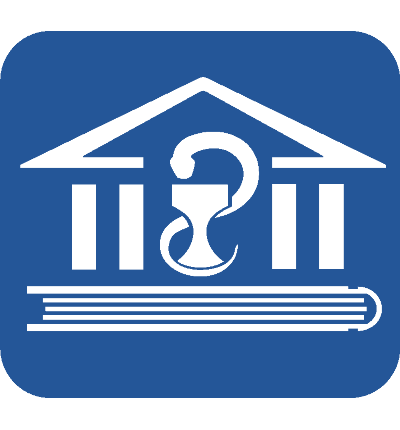
This article is an open access article distributed under the terms and conditions of the Creative Commons Attribution license (CC BY).
ORIGINAL RESEARCH
Sleep disorders in primary school children associated with use of various types of digital devices
National Medical Research Center for Children's Health, Moscow, Russia
Correspondence should be addressed: Alexander M. Kurgansky
Lomonosovsky Prospekt, 2, bld. 1, Moscow, 119991, Russia; ur.xednay@ksnagruk
Author contribution: Khramtsov PI — study conceptualization and design; Kurgansky AM, Berezina NO — collection and processing of the material; Kurgansky AM — statistical processing; Khramtsov PI, Chekalova SA, Kurgansky AM, E Antonova EV — article authoring; Khramtsov PI, Chekalova SA, Antonova EV — scientific editing; all authors — approval of the final version of the manuscript.
Compliance with ethical standards: the study was carried out under the State Task "Systemic preventive health-supporting technologies for attendees of educational organizations" (2022–2024), and approved by the Ethics Committee of the National Medical Research Center for Children's Health (protocol No. 3 of March 25, 2021). Each parent signed an informed consent form allowing participation of their children in the study after receiving explanations about the potential risks and benefits, as well as the nature of the study.


